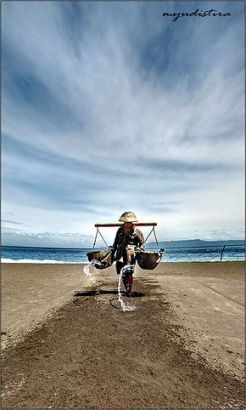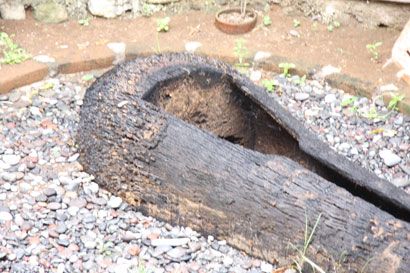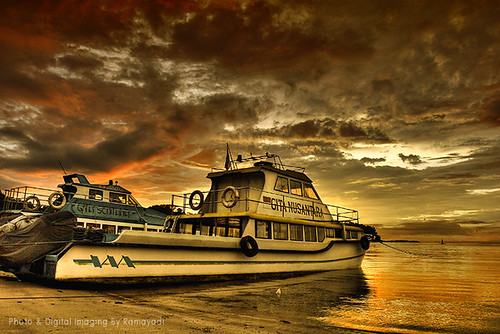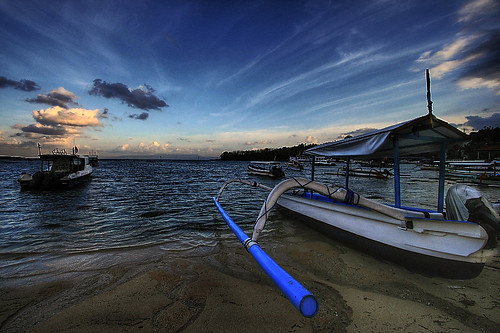Along the coastal strip of east Bali lies Amed village. As a tourism destination Amed refers to a long stretch of coast running from the village of Culik about 14 km eastwards incorporating the seven villages of Amed, Jemeluk, Bunutan, Lipah, Selang, Banyuning and Aas. The coastal views here are nice with slow pace of life. Though Amed is a newly developed destination but you can find some good places to eat there. Here are some of them.
Garam Cafe
 Located at Hotel Uyah, Garam Cafe offers selection of local and international dishes. This restaurant has view of salt production field, on the dry season (April – September) you can see the production of salt in traditional way, the waitress is more than happy to explain the process of salt making.
Located at Hotel Uyah, Garam Cafe offers selection of local and international dishes. This restaurant has view of salt production field, on the dry season (April – September) you can see the production of salt in traditional way, the waitress is more than happy to explain the process of salt making.
Amed Cafe
Amed Cafe (62 363 23473) offers a good selection of international food with reasonable price. This café has good location and free internet access.
Sails
Located at Lipah village, Sails (62 363 22006) is a great restaurant with nice setting. With clean and modern nuance, Sails gives cozy atmosphere as well as extensive well thought out menu, worth a visit. Provides free pick up and drop-off around Amed area.
Barong Cafe and Restaurant
Barong Cafe and Restaurant (62 81 80 55 85 010) offers good selection of Indonesian and international cuisine. Provides free pick up and drop-off around Amed area.
Another nice place to eat is the tiny, friendly Restaurant Gede, located against the mountain after a steep descent from the Indra Udhayana Hotel, serves good fresh fish and seafood. Its terrace offers a view of rocky mountain slopes.
source:http://blog.baliwww.com







































